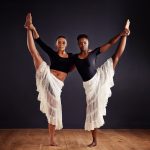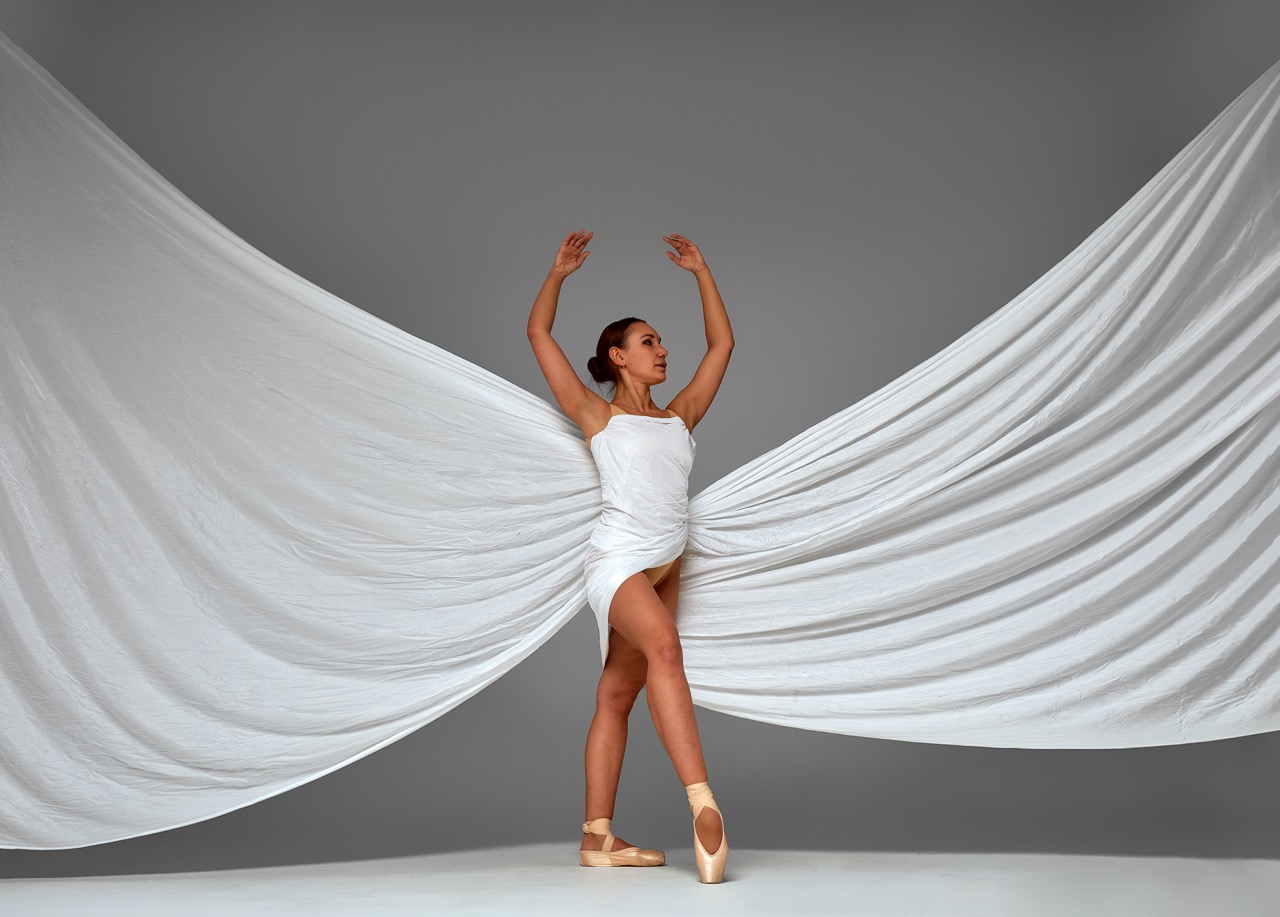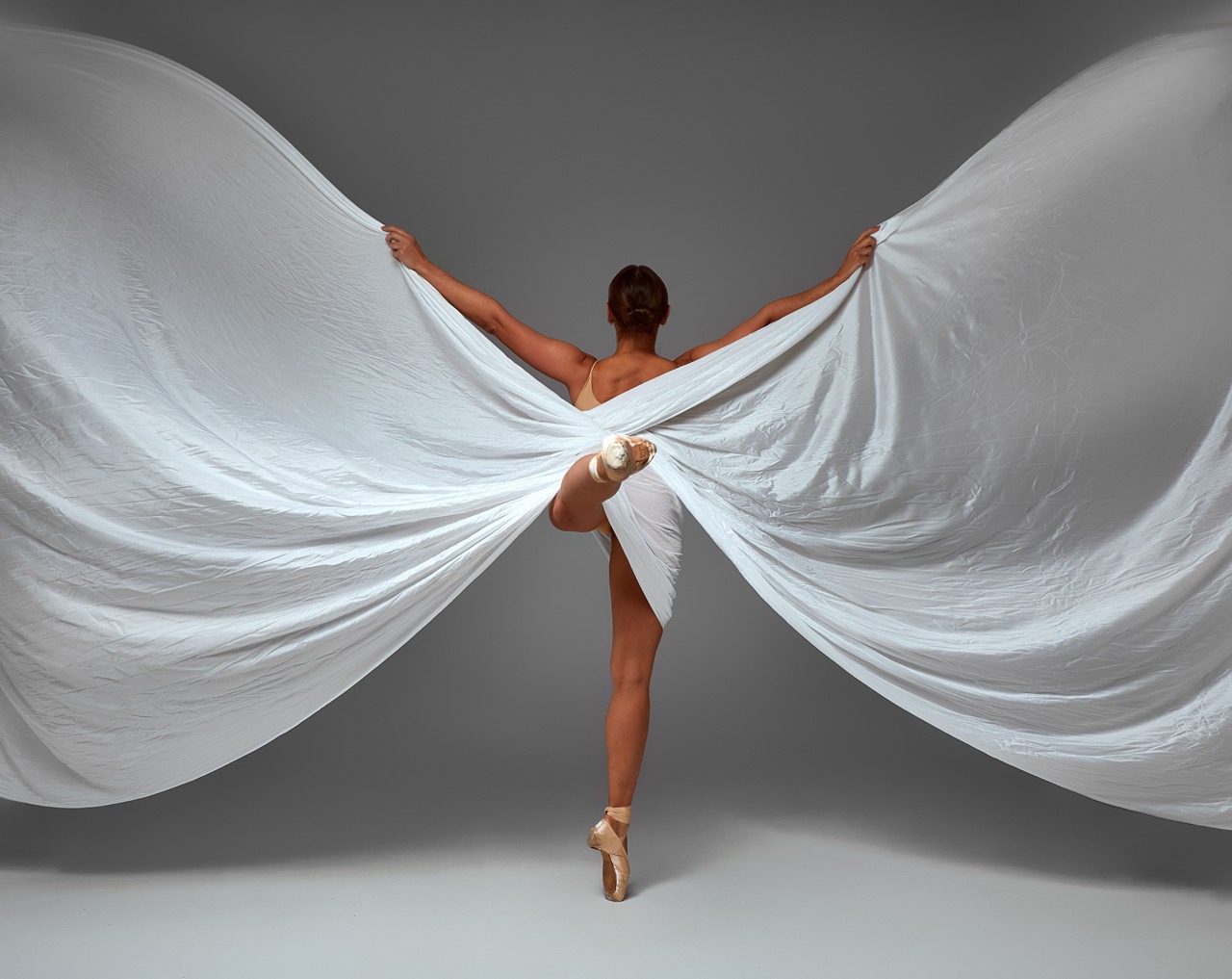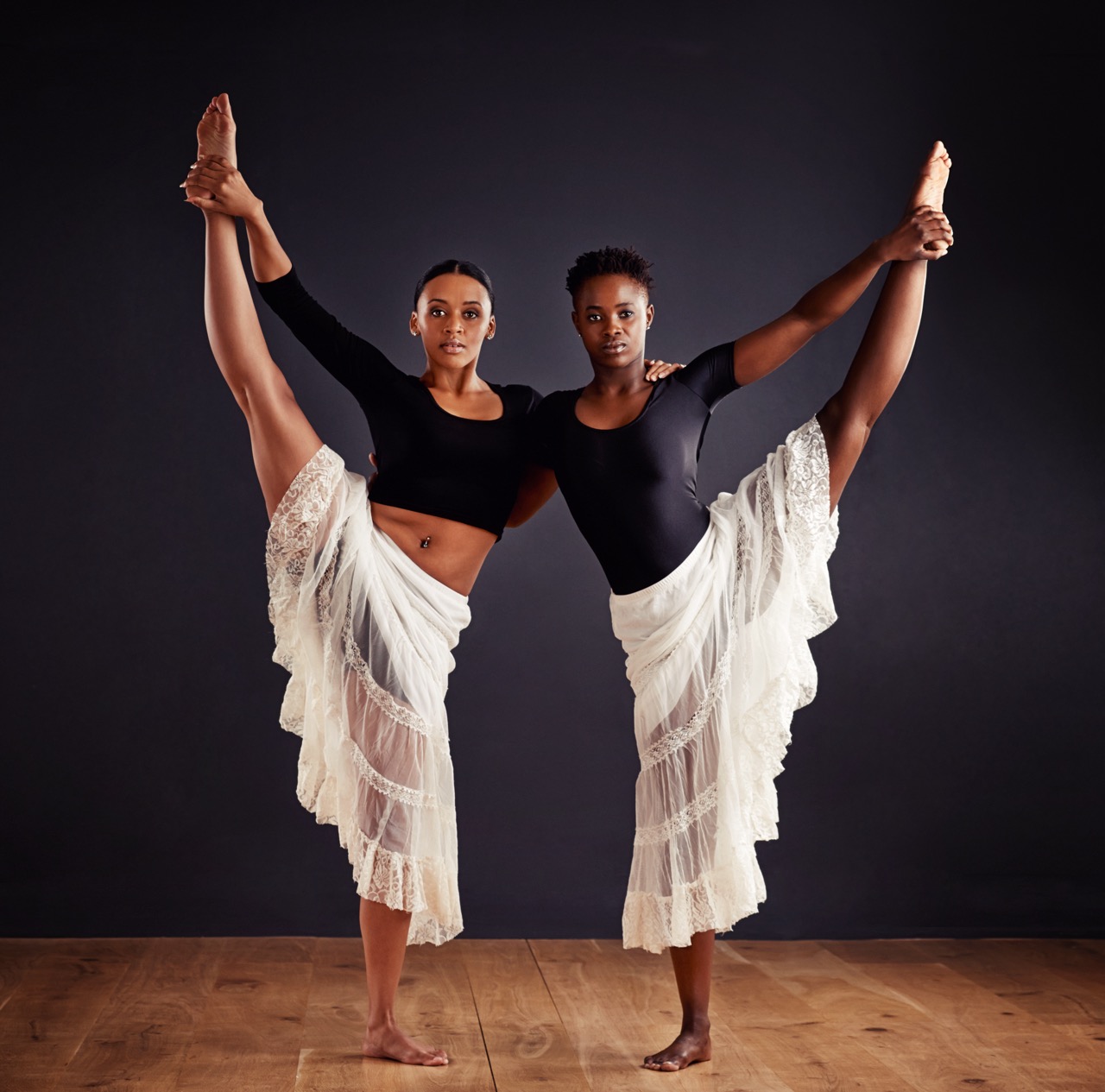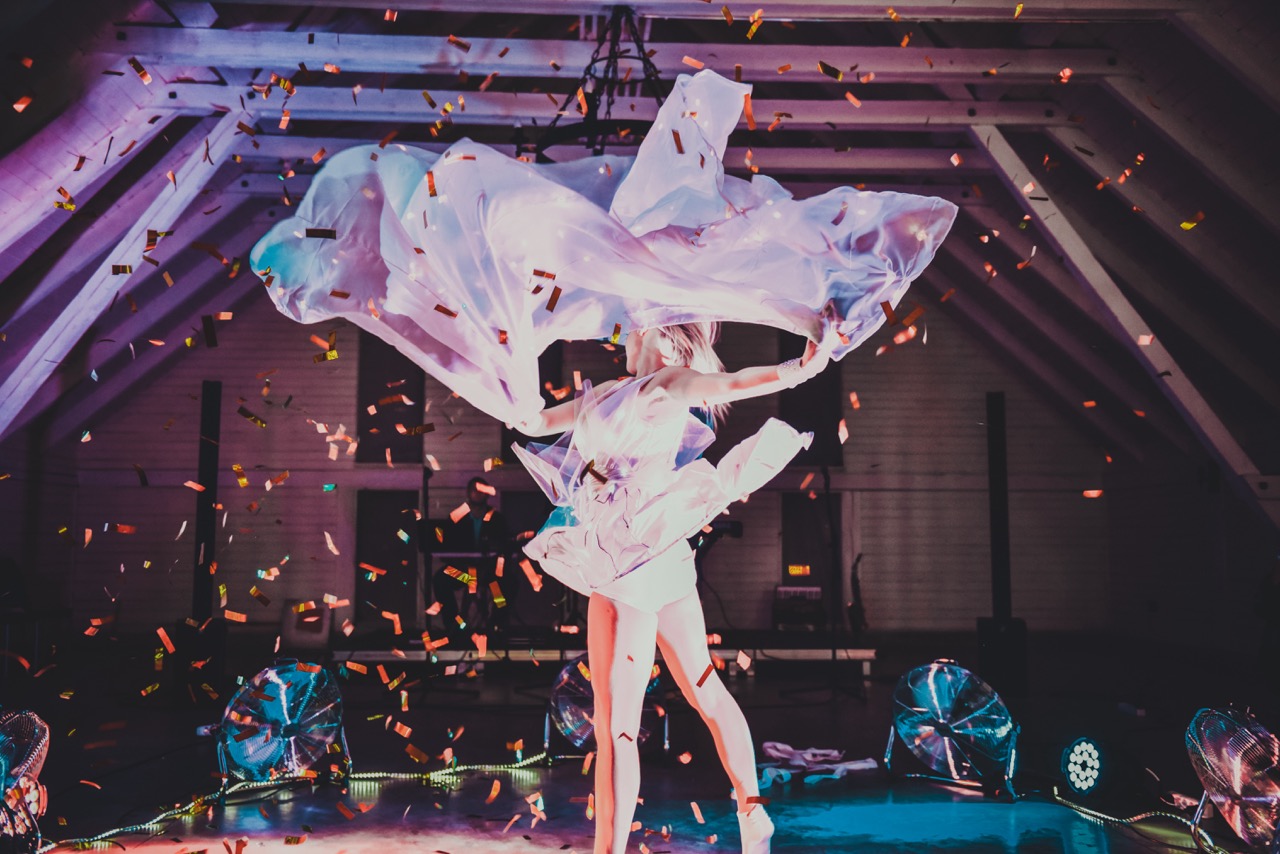Dance is more than just a form of entertainment; it is a vibrant language that speaks to the soul. For many, it serves as a powerful medium for personal development, offering transformative experiences that transcend the physical realm. Through movement, individuals can explore their capabilities, confront challenges, and express their innermost thoughts and feelings. In this article, we will delve into the multifaceted ways in which dance can facilitate personal growth, enhance resilience, and foster a deeper understanding of oneself.
Unlocking Potential: The Transformative Power of Dance
The essence of dance lies in its ability to unlock hidden potential within individuals. It encourages people to step outside their comfort zones and explore new dimensions of their abilities. Whether it’s mastering a complicated choreography or improvising to the beat of a song, the process of learning and executing dance can promote cognitive flexibility. This enhanced adaptability not only facilitates growth in dance but can also translate into improved problem-solving skills in everyday life.
Moreover, dance invites participants to embrace vulnerability. It requires one to confront self-doubt and fear of judgment, as the act of performing can be daunting. Yet, this very confrontation can be a catalyst for personal transformation. By facing these fears head-on, individuals often discover that their limitations are self-imposed and can be overcome. This realization encourages a growth mindset, where challenges are viewed as opportunities rather than obstacles.
Finally, the communal aspect of dance further amplifies its transformative power. Participating in group classes or performances fosters a sense of belonging and connection. This social interaction can break down barriers and encourage participants to support one another in their journeys, creating a nurturing environment for personal development. In essence, dance becomes a shared experience that not only enhances individual growth but also strengthens community bonds.
Moving Beyond Limits: Dance as a Tool for Growth
Dance has a unique ability to push individuals beyond their perceived limits. When engaging in various dance forms, participants often find themselves breaking through physical and mental barriers they once thought insurmountable. This journey towards mastery involves perseverance, dedication, and a willingness to embrace discomfort. Such experiences cultivate resilience, prompting individuals to develop a robust mindset that can be applied to other areas of their lives.
Furthermore, dance often incorporates elements of discipline and structure, which can be instrumental for personal development. Regular practice instills a sense of commitment and accountability, essential traits for achieving goals. As dancers refine their technique and style, they learn to set realistic expectations and celebrate incremental progress. This process builds a strong foundation for goal-setting in broader contexts, allowing individuals to apply the same principles to personal and professional aspirations.
Additionally, the creative nature of dance serves to ignite exploration and experimentation. Whether through choreography or improvisation, dancers are encouraged to think outside the box and explore their individuality. This creative freedom fosters innovation and critical thinking, skills that are increasingly vital in a fast-paced world. As individuals venture into this uncharted territory, they not only build confidence in their creative abilities but also gain the courage to take risks in other facets of their lives.
Rhythm and Resilience: Building Confidence Through Dance
At the heart of dance is rhythm, an intrinsic element that resonates with our emotional and physical being. Engaging with rhythm helps individuals develop a heightened awareness of their bodies and movements, fostering a greater sense of confidence. Learning to navigate different tempos and styles equips dancers with the tools to express themselves freely, allowing them to embrace their unique identities. This confidence spills over into other aspects of life, shaping one’s self-image and interpersonal relationships.
In addition, dance serves as a powerful medium for emotional release. The act of moving rhythmically can help individuals process feelings such as joy, sadness, or anger. This emotional catharsis is empowering, as it enables dancers to confront their emotions rather than suppress them. As they cultivate a deeper understanding of their emotions through movement, they develop resilience, learning to bounce back from setbacks and challenges with grace and strength.
Moreover, dance education often emphasizes the importance of constructive feedback and personal reflection. Dancers learn to accept critique and use it as a tool for improvement, rather than a source of discouragement. This practice not only enhances their technical skills but also strengthens their emotional fortitude. By developing a healthy attitude towards criticism, individuals become more adaptable and open to growth in various areas of their lives, reinforcing their confidence and resilience.
Express Yourself: Dance as a Pathway to Self-Discovery
Dance is a profound means of self-expression, allowing individuals to convey their thoughts and feelings in ways that words often cannot. Through movement, one can explore the nuances of their identity, culture, and personal experiences. This exploration creates a powerful dialogue with oneself, leading to insights that may have remained undiscovered otherwise. As dancers express their inner worlds, they often cultivate a deeper understanding of their values, desires, and aspirations.
This journey of self-discovery is particularly significant in today’s fast-paced and often chaotic world. Dance encourages individuals to slow down, listen to their bodies, and connect with their emotions. This mindful approach can lead to greater self-awareness and emotional intelligence, equipping individuals with the tools to navigate their lives with intention and purpose. By engaging with dance, individuals can reclaim their narratives and embrace their authenticity.
Furthermore, dance fosters community and connection, allowing individuals to share their stories and experiences with others. Whether through collaborative choreography or improvisational circles, the act of dancing together encourages empathy and understanding. This collective experience can reveal commonalities among participants, bridging gaps and fostering a sense of unity. In this way, dance becomes a shared platform for personal narratives, ultimately enriching the journey of self-discovery through the lens of community.
In conclusion, dance is an extraordinary vehicle for personal development, offering a spectrum of benefits that extend beyond the dance floor. From unlocking hidden potential to building resilience and fostering self-expression, the transformative power of dance has the ability to reshape lives. As individuals engage in this art form, they embark on a journey of growth and self-discovery, equipped with newfound confidence and a deeper understanding of themselves. Ultimately, dance invites us all to move beyond our limits and embrace the rhythm of our own unique narratives.



